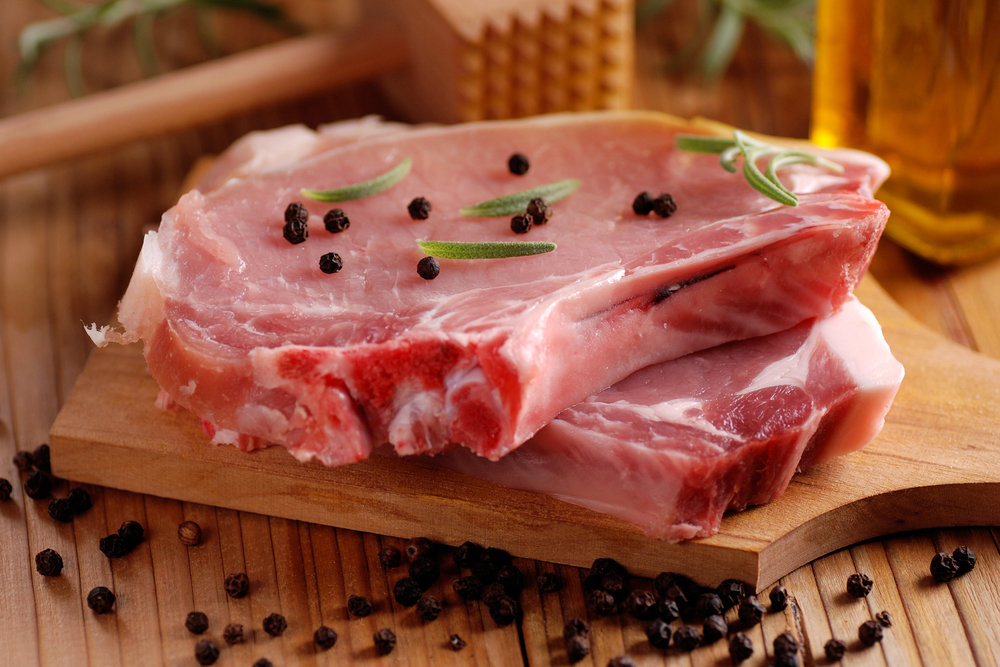In July, average retail pork prices reached the highest point of the year, $5.01/lb., up from $4.92 a year ago, said Dr. David Anderson, AgriLife Extension livestock and food marketing economist and professor in the Texas A&M College of Agriculture and Life Sciences Department of Agricultural Economics, Bryan-College Station.
“Supplies remain tight as U.S. pork production has edged lower due to reduced sow numbers, despite gains in productivity per litter,” he said. “Consumers should expect higher prices this fall because production is about the same as last year and we’re not seeing expansion in the herd. “Without more production, prices are going to stay high.”
Pork continues to provide consumer value
Wholesale prices for several key cuts, including hams, pork bellies and trimmings used for sausage, are well above year-ago levels, Anderson said.
However, pork loins are a relative bargain at $1.13/lb. wholesale, compared to $1.26 a year ago. Seasonal shifts in consumer demand also shape the market, with ribs and shoulders popular for summer grilling, while hams gain momentum in the fall and winter holidays.
Despite the record high prices, Dr. Davey Griffin, AgriLife Extension meat specialist and professor in the Department of Animal Science, Bryan-College Station, said pork remains a competitively priced protein when compared to beef and poultry.
Packers and retailers are already booking hams for Thanksgiving and Christmas, with bellies and the bacon market they supply, continuing to hold strong demand, he said.
“Pork is in a good spot right now to provide affordable protein options for consumers, especially with beef prices remaining very high,” Griffin added.
Trade influence on domestic prices
Exports remain a key driver of U.S. pork demand, but recent tariff disputes have shifted global trade flows. Anderson noted that Mexico is now the largest market for U.S. pork, with 230 million pounds shipped there in June alone. By comparison, exports to China have fallen sharply, from an average of nearly 38 million pounds per month last year to just 4 million in May following retaliatory tariffs.
“Mexico continues to be our strongest partner, while China’s demand has dropped significantly due to trade barriers,” Anderson said. “Those shifts ultimately feed back into the U.S. market and help explain why prices remain firm across most cuts.”
Looking ahead, Anderson and Griffin expect pork prices to stay strong through the holiday season, particularly for hams and bacon, which see peak demand in November and December. While some cuts like pork loins and trimmings may ease later in the year, overall tight supplies and steady demand are likely to keep retail prices near record highs.
“Unless we see a meaningful increase in production, high prices are here to stay into early next year,” Anderson said.
feedstuffs.com



